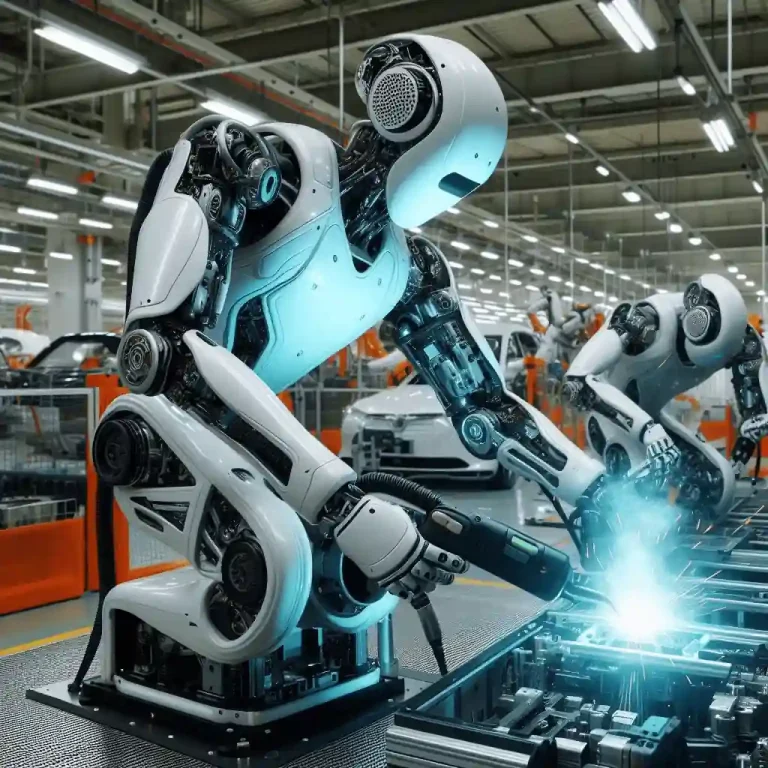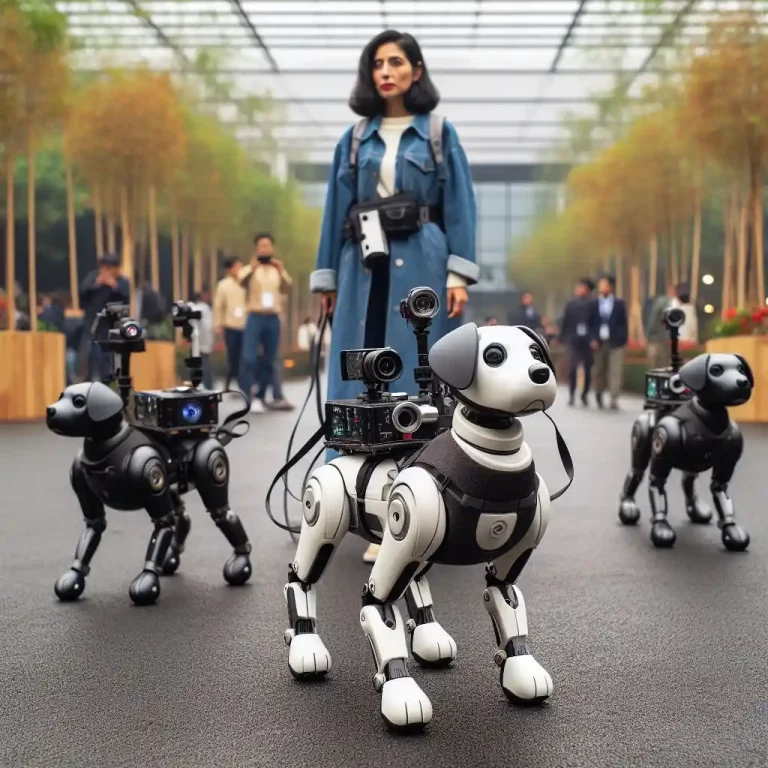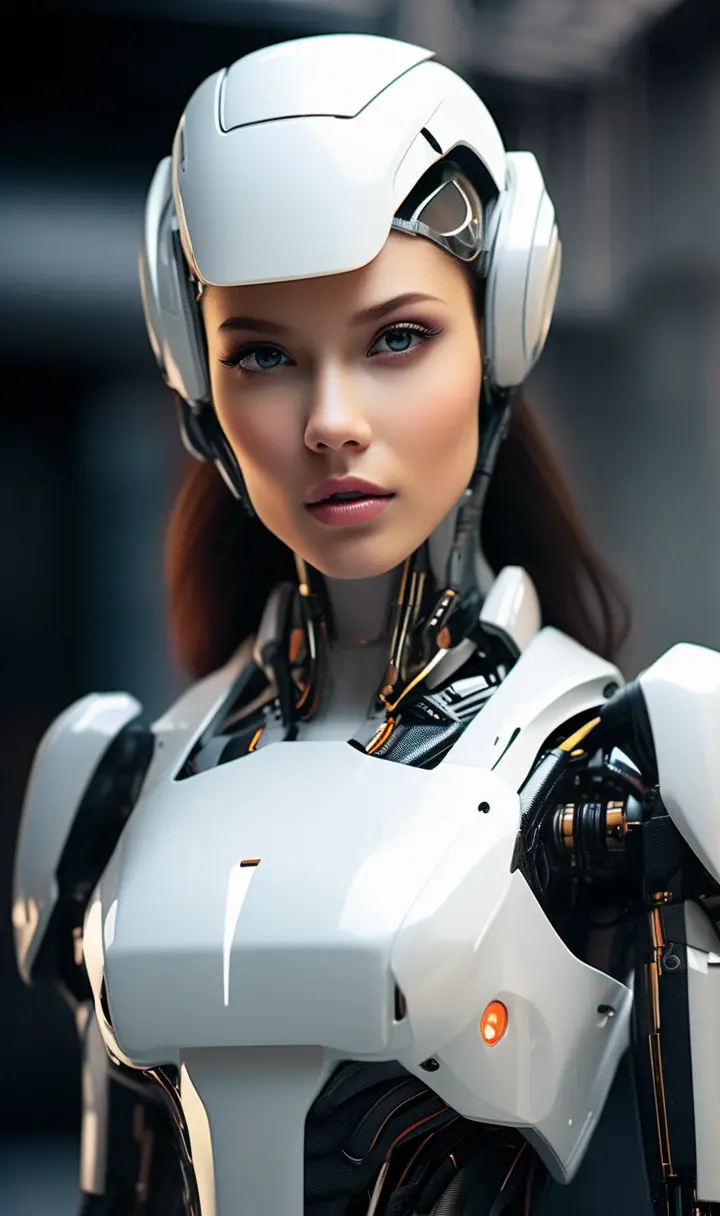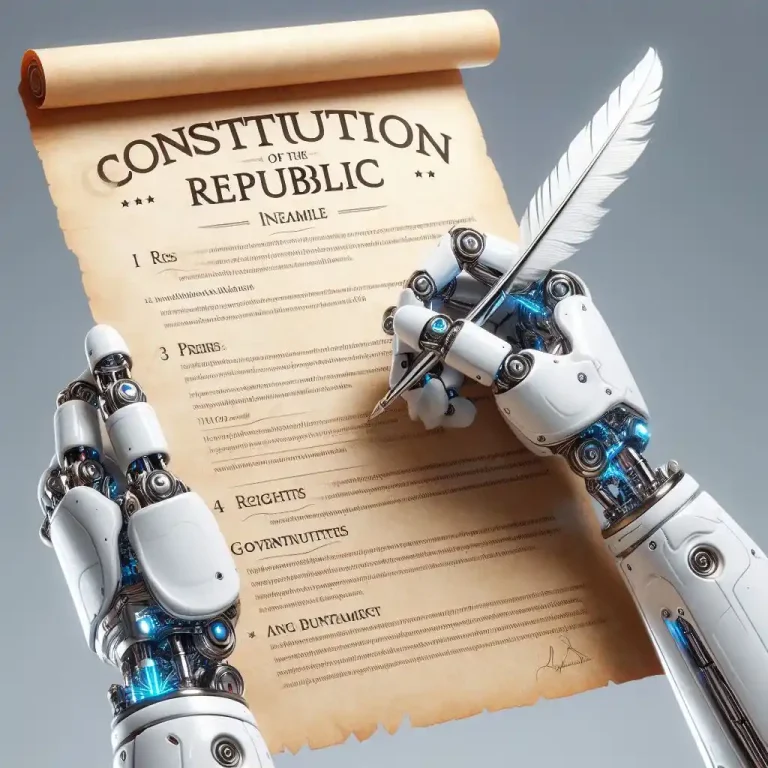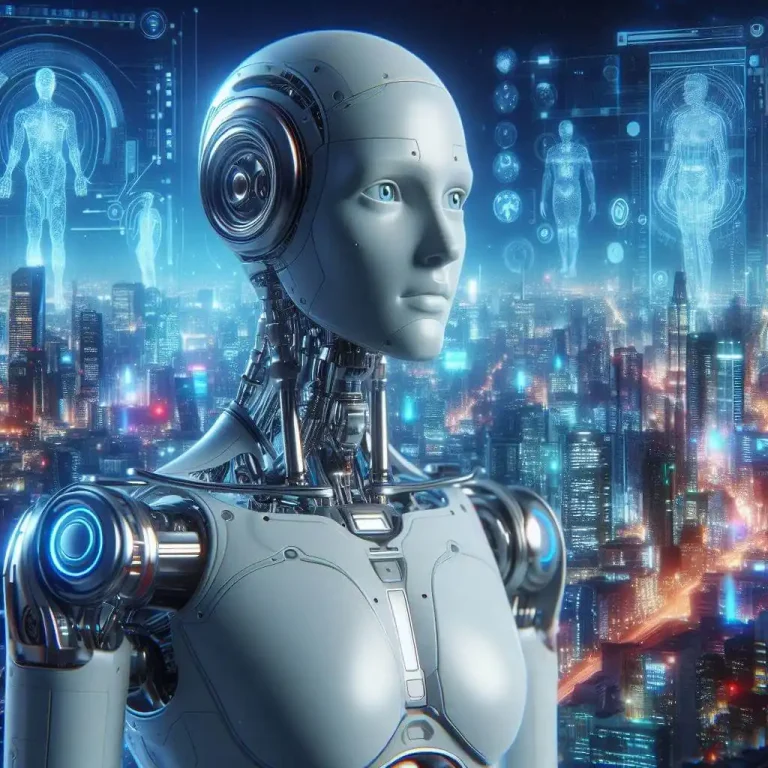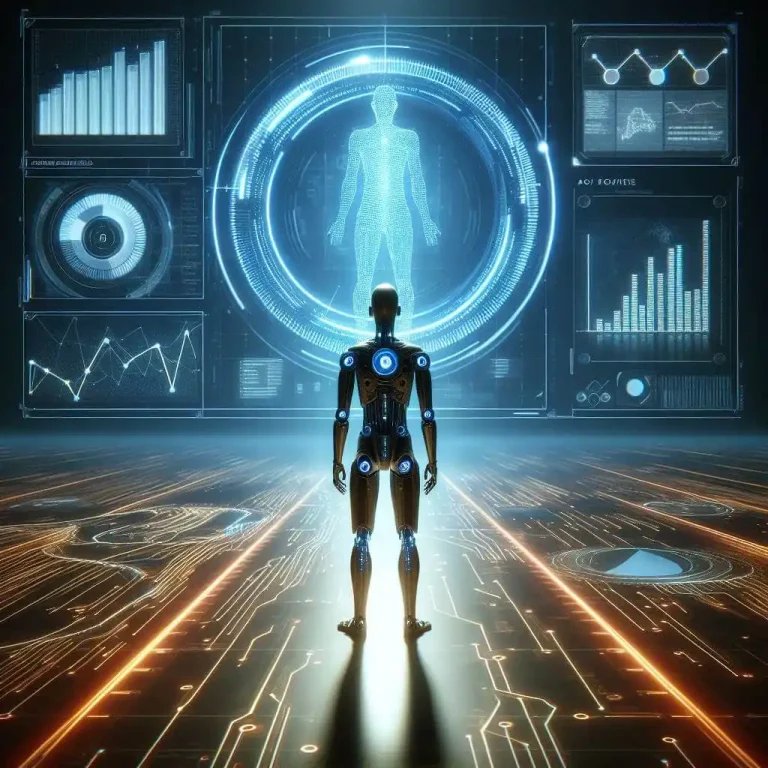Applications of Gearboxes in Humanoid Robot Components
In humanoid robotics, gearboxes are essential for joint drive systems, converting high-speed inputs to low-speed, high-torque outputs for precise motion control. This article explores applications of various gearbox types – harmonic drive, planetary, cycloidal, worm, and electro-mechanical actuators – in humanoid robot components. It provides performance parameters like reduction ratios, load capacity, efficiency, and repeatability, highlighting advantages and limitations. Selecting appropriate gearboxes based on application requirements such as size, weight, load-bearing, and precision is emphasized. With comparative data, the article guides system designers in choosing optimal gearbox solutions. As technology progresses, gearboxes are expected to evolve towards higher efficiency, compactness, and intelligence for superior motion performance in humanoid robots.

